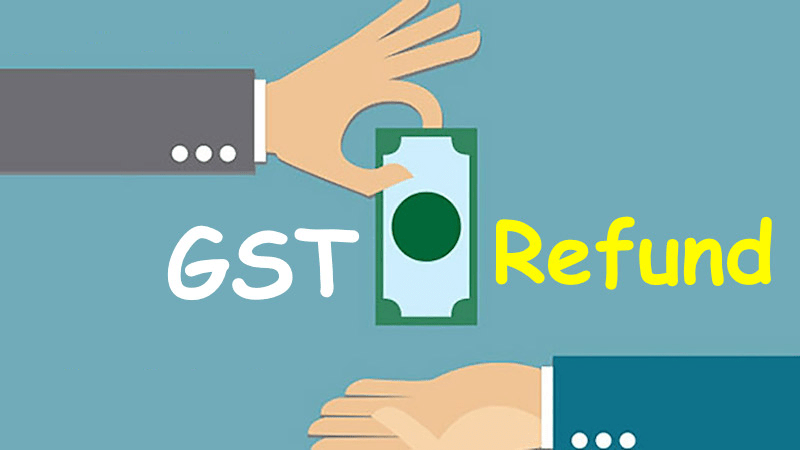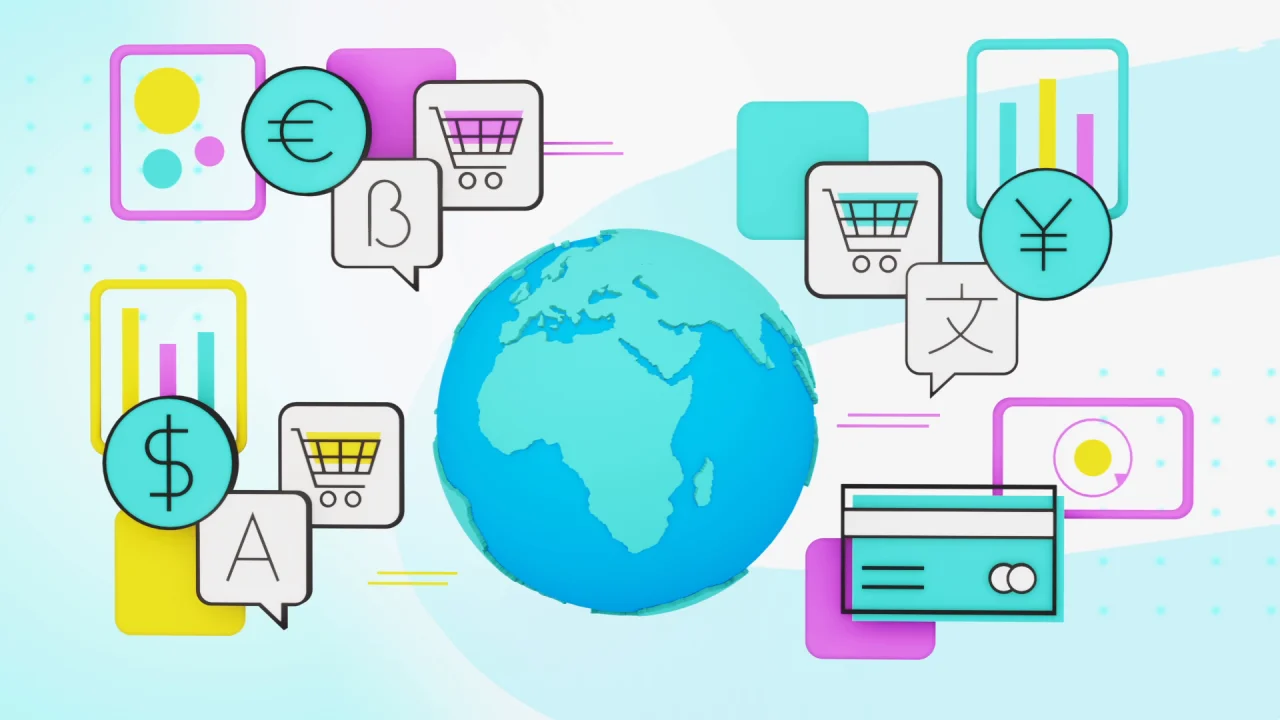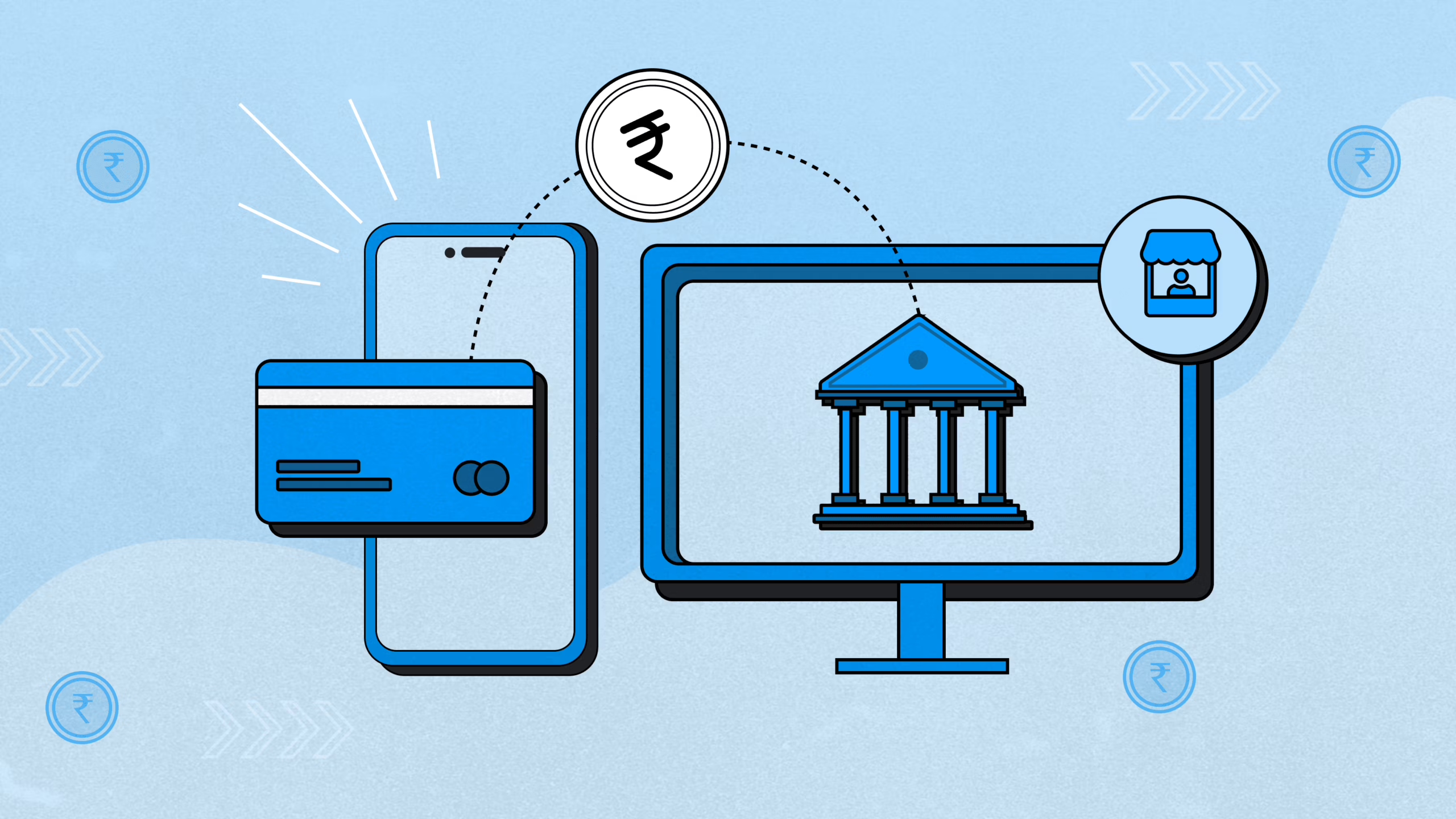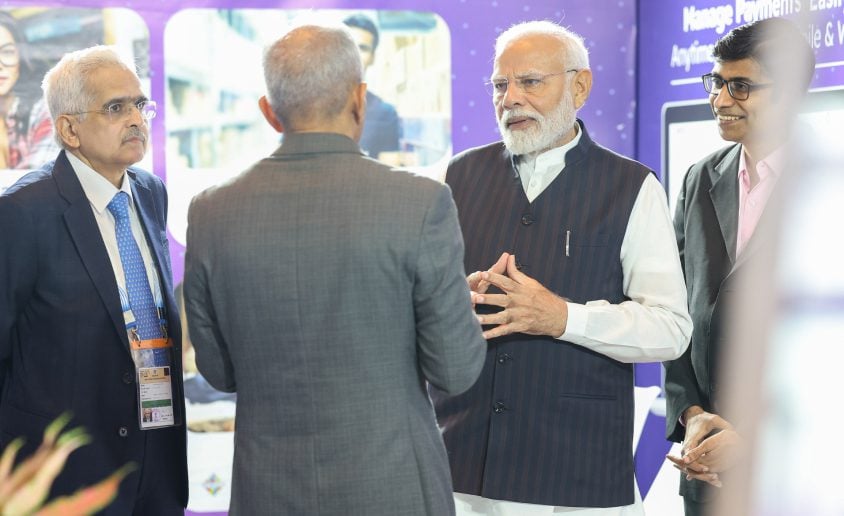If you’re an exporter in India, you’ve probably heard that you can get back the Goods and Services Tax (GST) you paid on the goods or services you sell abroad. This is because exports are treated as “zero-rated supplies” under GST. This means no GST is charged on the final export, but you can claim a refund of the GST you paid on the things you used to make those exports. Getting this refund is important for your business’s cash flow.
The process to claim a GST refund can seem a bit detailed, but it’s a clear step-by-step system set up by the GST authorities. The exact steps and forms you use depend on why you are claiming the refund.
Let’s break down the process, especially focusing on how exporters claim their GST refunds.
Understanding Exports and GST Refunds
Under GST rules, when you export goods or services, it’s seen as a “zero-rated supply.” This is a key point. It doesn’t mean the tax rate is zero, but rather that the entire chain of supply for exports is free of tax. You don’t charge GST to your international customer. However, the GST you paid on the raw materials, services, etc., that went into making that export is eligible for a refund. This prevents the export product from carrying the burden of domestic taxes.
There are mainly two ways exporters usually get their GST refunds:
- Claiming the refund of the Integrated GST (IGST) you paid when exporting goods (you paid tax and want it back).
- Claiming the refund of the tax credit you’ve built up (Input Tax Credit or ITC) if you exported without paying IGST. (ITC is the tax you paid on your purchases). This happens if you have ITC left over because you didn’t need to use it to pay GST on your zero-rated exports.
The way you apply for the refund depends on which of these situations applies to you, or if you’re claiming a refund for other reasons.
A Possible First Step: The Refund Pre-Application Form
Before you file the main refund application, there’s a pre-application form you might need to fill out. This form asks for some basic information about your business, your Aadhaar number (which is needed for the main person in charge), details about your past income tax, and importantly for exporters, details about your exports in a recent financial year and your Import Export Certificate (IEC) date.
- How to find it: Log in to the GST portal, go to ‘Services’, then ‘Refunds’, and select ‘Refund pre-application form’.
- What to do: Fill in the requested details carefully. This form doesn’t need a signature and cannot be changed after you submit it, so double-check everything.
Method 1: Getting Back IGST Paid on Exported Goods
This is a common way exporters claim refunds if they chose to pay IGST on their exports and then want to claim that amount back. The good news is, this process is simpler and doesn’t require you to fill out the detailed Form RFD-01 separately just for this reason.
Here’s what you need to do:
- Report Details Correctly in GSTR-1: In your GSTR-1 return for the tax period when you made the export (with tax payment), you must fill in Table 6A. This table is specifically for export invoices where you paid tax. You need to put in the full shipping bill number, shipping bill date, and port code details accurately for each export invoice. Make sure you file GSTR-1 by its due date.
- Report Summary in GSTR-3B: In your GSTR-3B return for the same tax period, report the total value of these exports in item 3.1 (b). You must also pay the total tax amount shown in GSTR-3B and file the return by the due date. Make sure the total IGST and cess you report in Table 3.1 of GSTR-3B is the same as or more than the total in Table 6A and 6B of GSTR-1.
- Linking with Customs Data: The GST portal automatically sends the export details you put in GSTR-1 to the Customs system (ICEGATE). It also confirms to Customs that you have filed your GSTR-3B and paid the tax for that period.
- Customs System Processes Refund: The Customs system at ICEGATE then compares the information you provided in GSTR-1 with the details they have on your shipping bill and Export General Manifest (EGM). If everything matches correctly, the Customs system processes your IGST refund automatically.
- Get Your Refund Confirmation: Once the Customs system has processed the refund and the money is sent to your bank account, the ICEGATE system tells the GST portal. The GST portal will then inform you by SMS and email that your refund payment has been credited.
Method 2: Claiming Other GST Refunds (Like Accumulated ITC) Using Form RFD-01
If you export goods without paying IGST (by using a Letter of Undertaking or Bond), you can claim a refund of the Input Tax Credit (ITC) you’ve built up on your purchases for those exports. This is because you didn’t use that ITC to pay output GST on the exports. You use Form RFD-01 for this type of refund, as well as for several other reasons.
Here are the steps to apply using Form RFD-01, focusing on reasons relevant to exporters:
- Reasons for Using RFD-01 (Relevant to Exporters):
- Accumulated ITC because you exported goods or services without paying tax.
- Accumulated ITC because you supplied goods or services to a Special Economic Zone (SEZ) unit or developer without paying tax.
- ITC built up due to an “inverted tax structure” (where the tax rate on the things you buy is higher than the tax rate on the final product you sell – this can apply if your export product has a low or zero effective rate).
- Tax you paid on supplies you made to an SEZ unit or developer (if you chose to pay tax on these).
- Refunds related to “deemed exports” (certain supplies treated as exports even if they don’t leave the country).
- IGST you paid on export of services (if you paid tax and want it back).
- Excess cash balance in your electronic cash ledger (if you accidentally deposited extra money).
- Tax paid on a supply that you thought was within your state but was later considered interstate, or vice versa.
- Refund based on an order from tax assessment, appeal, or other official instruction.
- Any other reason not listed specifically.
- Steps to File RFD-01:
- Go to the GST Portal: Log in to the GST website. Go to ‘Services’, then ‘Refunds’, and choose ‘Application for refund’.
- Select Refund Type: On the next page, choose the reason for your refund from the list (e.g., “Accumulated ITC due to exports…”). Click ‘Create refund application’.
- Choose the Period: Select the time period (month or quarter) for which you are claiming the refund. You might be asked if you want to file a ‘nil refund’ (no amount claimed).
- Fill in Details Based on Refund Type: The page that appears will be different depending on the refund type you chose. You will need to enter details specific to your claim. For ITC refunds on exports, you might need to download and upload a statement (e.g., Statement 3 for goods exports without tax, Statement 2 for service exports with tax) listing your export invoices and their details. You will also need to enter figures like your total sales value (turnover) and the amount of tax credit you are claiming. The system will do some checks to calculate the maximum refund you can get.
- Enter Bank Details and Upload Documents: Provide the details of the bank account where you want to receive the refund. You must upload any supporting documents required for your specific type of refund and any declarations. You can usually upload up to 10 documents, each up to 5 MB in size.
- Review and Save: Before submitting, preview your application to check everything. You can save the application, which stays on the portal for 15 days for you to finish.
- Submit the Application: Once you’ve checked the boxes confirming you understand the rules and declarations, submit the form using either your Digital Signature Certificate (DSC) or Electronic Verification Code (EVC).
- Get Your Application Number: After submitting, you will see an Application Reference Number (ARN) on your screen. Keep this number! You’ll also get the ARN by email and SMS.
What Happens After You Submit Your Refund Application?
Once you file your RFD-01 application, it goes to a GST officer for checking. Here’s what usually happens next:
- Officer Reviews: The GST officer responsible for processing refunds will see your application on their system. They will check it and the documents you uploaded.
- Acknowledgement (RFD-02): If your application is complete and has everything needed, the officer should issue an acknowledgement in Form RFD-02 within 15 days of you filing.
- Deficiency Memo (RFD-03): If there are mistakes or missing documents in your application, the officer will issue a deficiency memo in Form RFD-03 within 15 days. If you get this, your application is cancelled at that point, and any amount that was blocked in your tax credit or cash ledger when you applied will be released. You will need to fix the issues and file a completely new application.
- Provisional Refund (RFD-04): For certain types of refunds (like accumulated ITC on exports), the officer can grant a provisional refund within 7 days of the acknowledgement. This means they approve at least 90% of the amount you claimed quickly. A provisional payment order (RFD-05) is then issued.
- Notice for Clarification (RFD-08): The officer might send you a notice asking for more information or clarification about your claim (Form RFD-08). You usually have 15 days to reply using Form RFD-09.
- Final Order (RFD-06): After reviewing your application and any replies to notices, the officer will pass a final order. This will either sanction (approve) your refund fully or partly, or reject it. The order is issued in Form RFD-06.
- Payment Order (RFD-05): If your refund is sanctioned, the officer will issue a payment order in Form RFD-05. This order triggers the actual transfer of the refund amount to the bank account details you provided in your application.
- Withholding Refund (RFD-07 Part-B): In certain specific situations (like if there are dues or legal issues), the officer might pass an order to withhold the sanctioned refund, even if it was approved (Form RFD-07 Part-B). In this case, you won’t receive the RFD-05 payment order.
- Re-crediting Ledgers (PMT-03): If any amount was approved provisionally but later rejected in the final order, or for any amount claimed but rejected, an order is issued (Form PMT-03) to put that amount back into your electronic cash or credit ledger if it had been debited earlier.
Tracking Your Refund Status
You can easily track the status of your refund application online using the ARN you received. Log in to the GST portal, go to ‘Services’, then ‘Refunds’, and select “Track Application Status.” Enter your ARN to see the current stage of your application.
Latest Updates You Should Know
GST refund rules can change. Here are some recent updates mentioned:
- November 2022 (Circular 181): Clarified that changes to refund rules apply from that point onwards, not to older cases unless specified.
- July 2022 (COVID Period): You can exclude the period from 1st March 2020 to 28th February 2022 when calculating the time limit you have to file a GST refund application. This helps those who might have been delayed due to the pandemic.
- February 2022 (Budget Changes):
- Rules for claiming a refund of any balance in your electronic cash ledger were made more specific.
- The time limit for UN agencies to claim refunds was changed to two years from six months.
- Rules that stopped refunds for taxpayers with certain tax defaults now apply to more types of refunds, not just ITC refunds.
- Clarified the date from which you count the time limit for filing a refund application for supplies made to SEZ units.
Conclusion
The GST refund process for exporters in India involves several steps and requires careful attention to detail in filing returns and the refund application forms. While it might seem complex at first glance, especially with different forms and procedures for various refund types, it provides a clear pathway for exporters to get back the taxes paid on their inputs or the IGST paid on their exports. Understanding this process and submitting accurate information is key to ensuring faster processing and improving your business’s cash flow by successfully claiming your GST refunds.
Handling Your Export Payments
Getting back the GST you paid is a key part of exporting, and getting paid for your exports is just as vital! BRISKPE offers a simple and fast way for Indian businesses to receive international payments. It helps make sure the money from your global sales gets to you quickly and easily. Learn more at briskpe.com.








